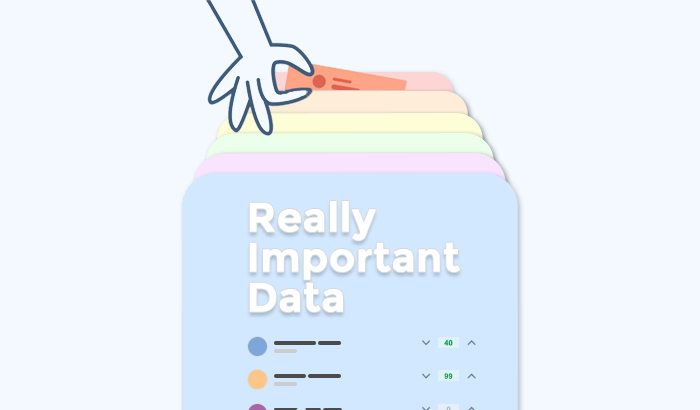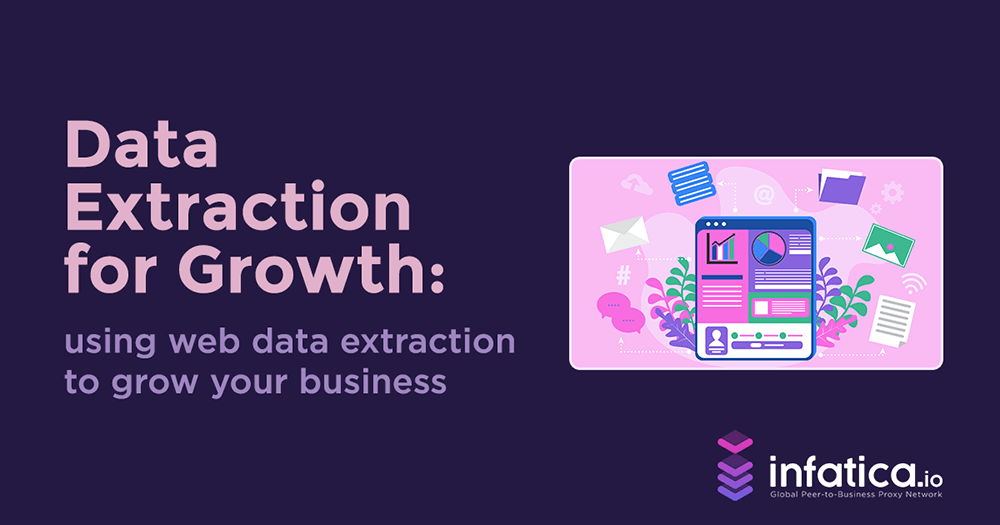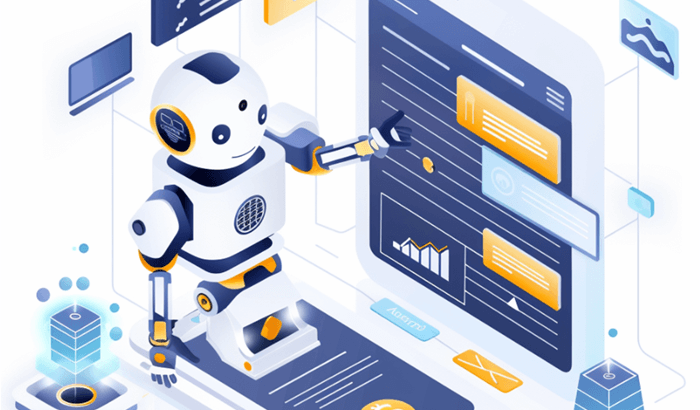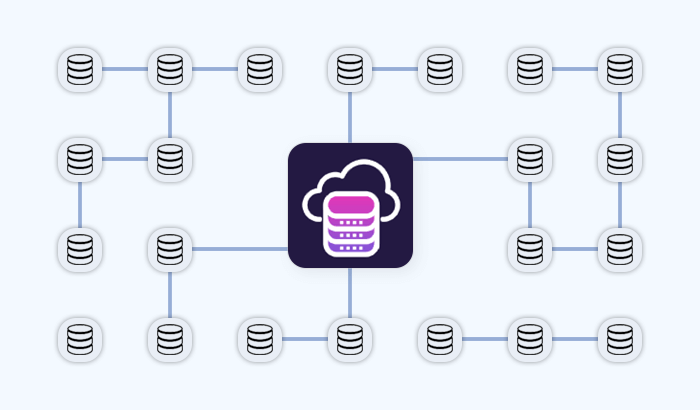

Finding the right information is just as important as analyzing it. That’s where data discovery comes in: Whether you're building analytics pipelines, tracking market trends, or enriching business intelligence, effective data discovery lays the foundation for smarter, faster decisions. In this guide, we’ll break down the steps, challenges, and tools involved – and show how solutions like web scraping and curated datasets can streamline your discovery process.
What Is Data Discovery?
Data discovery is the process of identifying, collecting, and understanding data from various sources to uncover patterns, trends, and insights that support decision-making. It serves as the crucial first step in any data-driven workflow – because before you can analyze or transform data, you need to find it.
Unlike traditional data management, which often relies on predefined schemas and static databases, data discovery emphasizes exploration and flexibility. It allows businesses to tap into both structured and unstructured data, whether it's stored internally or sourced externally, such as from websites, APIs, or third-party datasets.
Data discovery can be manual – involving spreadsheets, keyword searches, or direct queries – but this approach quickly becomes inefficient at scale. That’s why many organizations turn to automated discovery tools and processes, which can scan large volumes of data sources, detect relationships, and present relevant findings faster and more accurately.
At its core, data discovery is not just about finding data; it's about understanding what data is available, where it comes from, how it's structured, and how it can be used to solve real business problems. As companies increasingly rely on external sources – including web data – to complement internal analytics, the scope and complexity of data discovery continue to grow. This evolution makes it more important than ever to have robust tools and processes in place for discovering the right data at the right time.
Key Steps in the Data Discovery Process
Successful data discovery involves more than simply locating data – it requires a structured process to ensure the data is relevant, usable, and trustworthy. While approaches may vary depending on the tools or business needs, most data discovery workflows follow a similar set of steps:
1. Identifying Potential Data Sources
The first step is to determine where useful data might exist. This includes internal sources such as CRM systems, transaction logs, or customer feedback databases, and external sources like websites, public databases, third-party platforms, or partner APIs. With the growing importance of external data in competitive industries, this step often shapes the direction of the entire discovery effort.
2. Collecting and Extracting Data
Once sources are identified, the next step is to collect the data – either manually or through automated methods like web scraping, API integrations, or data feeds. At this stage, the focus is on pulling raw data into a central location for further analysis. Accuracy, completeness, and freshness are key concerns here, especially when working with fast-changing web content.

3. Organizing and Tagging the Data
Raw data is rarely ready for immediate use. Organizing it into a usable format – and tagging it with metadata such as source, timestamp, or data type – helps streamline the next stages. This process is critical for ensuring that data can be filtered, compared, and interpreted consistently.
4. Validating and Enriching the Data
Data discovery doesn’t stop at collection – validation is essential to confirm that the data is accurate, reliable, and compliant. Often, organizations enrich discovered data with additional context, either by cross-referencing internal records or combining it with third-party datasets for deeper insight.
5. Visualizing or Analyzing for Insights
The final step turns discovered data into value. Visualization tools, dashboards, or simple exploratory analysis help stakeholders understand patterns and trends. This often feeds into more complex workflows such as predictive modeling, market intelligence, or strategic planning.
Challenges in Data Discovery
Despite its importance, data discovery is rarely straightforward. As businesses increasingly depend on diverse, dynamic data sources, they face a range of challenges that can slow progress or compromise results. Understanding these obstacles is key to designing a more resilient and effective discovery process.
Data Overload
The sheer volume of data available – especially online – can be overwhelming. Without proper filtering or prioritization, teams may spend more time sifting through irrelevant information than uncovering actionable insights. Automated tools help, but they require careful tuning to separate signal from noise.
Fragmented Sources
Data is often scattered across numerous platforms, formats, and systems. A single discovery effort might involve scraping websites, querying APIs, accessing cloud storage, and processing spreadsheets. This fragmentation complicates everything from integration to analysis.
Data Quality and Reliability
Not all data is created equal. Inconsistent formats, missing fields, outdated information, and even deliberate misinformation can undermine confidence in discovered data. Ensuring quality requires robust validation and, in many cases, enrichment through cross-referencing.
Geographic and Technical Barriers
Some online data is gated behind geo-restrictions, CAPTCHAs, or complex front-end frameworks that make automated access difficult. These technical barriers can delay projects or prevent certain insights from being discovered altogether – unless you have tools specifically built to navigate them.
Compliance and Ethical Considerations
With the rise of data privacy regulations like GDPR and CCPA, legal compliance has become a non-negotiable part of data discovery. Companies must ensure they collect, process, and store data responsibly – and that they work with partners who share this commitment.
How Scraping and Curated Datasets Help
Faced with the growing complexity of data discovery, organizations are turning to more scalable, automated solutions. Two of the most effective tools in this space are web scraping and curated datasets – both of which help teams discover, access, and utilize external data more efficiently.
Web Scraping: Automating the Discovery Process
Web scraping enables businesses to automatically extract structured data from websites at scale. This makes it possible to track real-time information from e-commerce listings, pricing pages, job boards, news articles, and more – without relying on slow, manual processes. Modern scraping tools can:
- Handle complex website structures and JavaScript-rendered content
- Bypass geographic restrictions through proxy routing
- Maintain freshness through scheduled scraping and automated updates
- Deliver data in standardized formats, ready for analysis or integration
With the right setup, scraping becomes not just a discovery tool, but a continuous data pipeline – powering dashboards, models, and reports with minimal human input.
Curated Datasets: A Shortcut to Reliable Insights
For many use cases, the data you need has already been collected. Curated datasets offer a fast-track alternative to starting from scratch. These pre-compiled resources are cleaned, structured, and often industry-specific – allowing teams to plug into insights without the overhead of building a collection pipeline.
For example, a company looking to analyze hotel pricing trends across regions might save days of effort by starting with a dataset that already includes geolocated rates, historical changes, and platform comparisons.
At Infatica, we offer both solutions to accelerate your data discovery journey:
- Scraping services and infrastructure built for scale, reliability, and compliance
- Ready-to-use datasets covering industries like travel, e-commerce, finance, and more
- Custom data collection tailored to your discovery needs
These tools help you focus on extracting insights – not extracting data.
Best Practices for Effective Data Discovery
As data discovery becomes a strategic priority across industries, organizations need more than just tools – they need a disciplined approach. Following best practices helps ensure the process is efficient, ethical, and aligned with business goals.
Blend Internal and External Data Sources
Relying solely on internal data limits perspective. Combining it with external data – such as market signals, competitor benchmarks, or geographic trends – can unlock deeper insights. The most effective discovery strategies strike a balance, layering internal knowledge with outside context.
Define Clear Objectives
Before launching a discovery initiative, clarify what you're trying to achieve. Are you exploring a new market? Tracking competitor pricing? Identifying customer pain points? Clear goals will help prioritize sources, reduce noise, and improve data relevance.
Automate Where Possible
Manual data discovery is slow, error-prone, and difficult to scale. Automating the process through scraping tools or dataset subscriptions helps teams stay agile and focus on interpretation rather than collection. Automation also reduces the risk of human oversight or inconsistency.

Ensure Data Quality and Freshness
Outdated or incomplete data leads to poor decisions. Build validation and refresh mechanisms into your discovery workflow. This could mean scheduling scraping tasks, cross-referencing with trusted sources, or working with data partners who provide regular updates.
Stay Compliant and Transparent
With evolving regulations like GDPR and CCPA, it’s essential to respect user privacy and data ownership. Choose tools and partners that prioritize ethical data collection and offer clear documentation around compliance.
Work with Trusted Data Providers
Partnering with experienced providers can accelerate discovery and reduce risk. Look for those who offer flexible access methods, responsive support, and solutions tailored to your industry – whether you need raw web data, curated datasets, or fully managed services.










